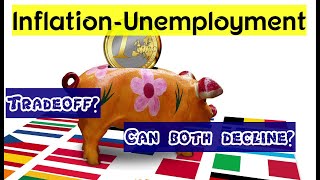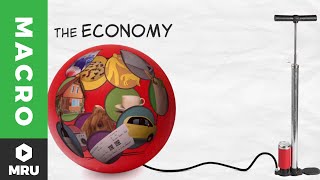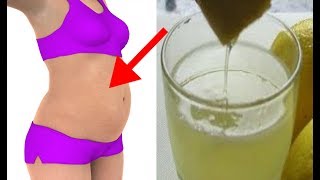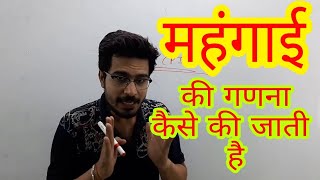Friday, 26 December, 2025г.
















Где искать: по сайтам Запорожской области, статьи, видео ролики
пример: покупка автомобиля в Запорожье
Macro Practice - Political Business Cycle - Independent Central Bank and Inflation & Unemployment
In this problem, given a Phillips Curve and two different political inflation regimes (low and high inflation), we discover how a political system might generate a political business cycle.
- also note: we ARE NOT assuming adaptive expectations in this problem! Adaptive expectations imply that expected inflation is equal to current inflation. That's not what's happening here!
-----------------------------------------------------------------------------------
18.1 - Suppose that the trade-off between unemployment and inflation is determined by the Phillips curve:
u=u^n-α(π-Eπ)
where u denotes the unemployment rate, u^n the natural rate of unemployment, π the rate of inflation, and Eπ the expected rate of inflation. In addition, suppose that the Left Part always follows a policy of high money growth and the Right Party always follows a policy of low money growth. What "political business cycle" pattern of inflation and unemployment would you predict under the following conditions?
2:20 a. Every four years, one of the parties takes control based on a random flip of a coin (hint: what will expected inflation be prior to the election?)
8:39 b. The two parties take turns.
10:37 c. Do your answers above support the conclusion that monetary policy should be set by an independent central bank?
from Mankiw Macroeconomics 8th ed, Chapter on "Alternative perspectives on stabilization policy"
---------------------------------------------------------------------------------------
Теги:
Macro Problem The Political Business Cycle and the Effect Independent Central Bank Inflation Unemployment macroeconomics macro economics problems solutions answer answer key independent central bnak independent central bank political business cycle phillips curve trade off inflation unemployment target inflation stable inflation
Похожие видео
Мой аккаунт


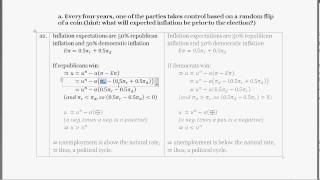 У вашего броузера проблема в совместимости с HTML5
У вашего броузера проблема в совместимости с HTML5